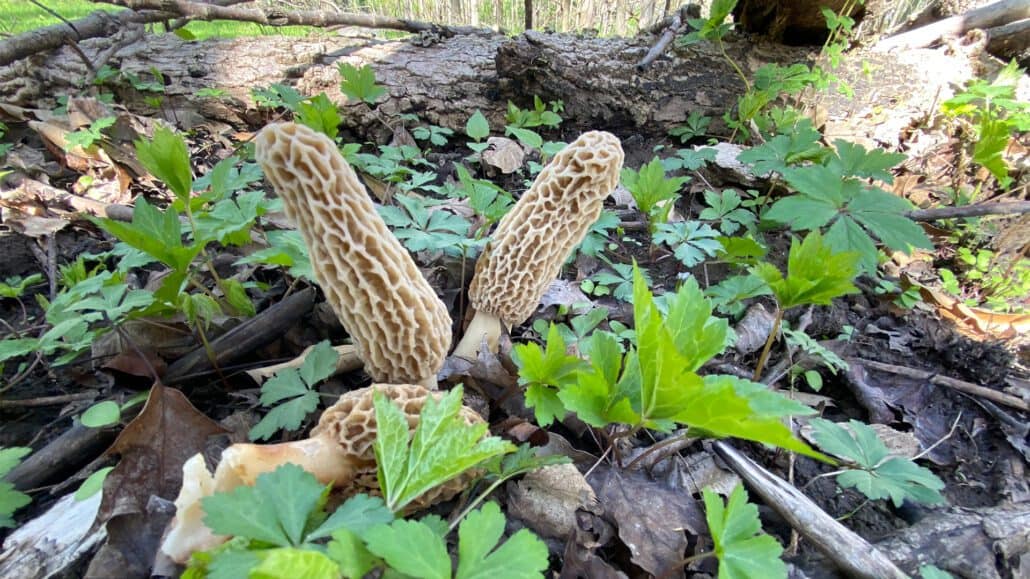
One of the most recognizable and sought-after wild mushrooms, the morel is a delicious delicacy prized by foragers and outdoorsmen. Whether you hope to stumble upon some while chasing spring gobblers or hit the woods specifically in search of these fungi, here’s how to get started hunting for morels.
When to Search for Morels
Depending on the region, elevation, and weather conditions, morels can spring up as early as March and as late as September. But for most of the morel range, April through May is peak picking season.
Prime morel weather is plenty of rain then steady mild temperatures — usually between 50 and 70 degrees around the clock. Extreme conditions can stunt growth and make the mushrooms brittle, so keep a close eye on the forecast and hit the woods as soon as conditions are right and before a major shift.
Not sure if the timing is right? Look for dandelions. If you see these weeds sprouting up in your area, morels should be about a week and a half behind.
Where to Find Morels
Morels thrive in moist areas with high-quality soil and sunshine that reaches the forest floor. River bottoms, open woods, and areas regenerating after a prescribed burn are great places to look for morels. Early in the spring, focus on south-facing slopes then shift to areas that are more shaded later in the season. Morels tend to grow in areas where you find elm, ash, poplar, and sycamore trees.
Morels, especially compared to some other mushroom varieties, are easy to spot and identify. Look for the telltale open-cell sponge cap and short, hollow stem. Still, the false morel can confuse first-time foragers, so brush up on your mushroom identification before heading out.
How to Prepare Morels
After picking morels by pinching or snipping them off at the base, take them home and gently clean them. Depending on the amount of bugs and dirt, you can either give them a rinse or soak them in salt water for a couple of hours. Then dry them out and cook them up within 24 hours for the best final product.
Morels are most commonly sautéed in butter and served with steak or pasta, but they also stand up well to deep frying and grilling.








